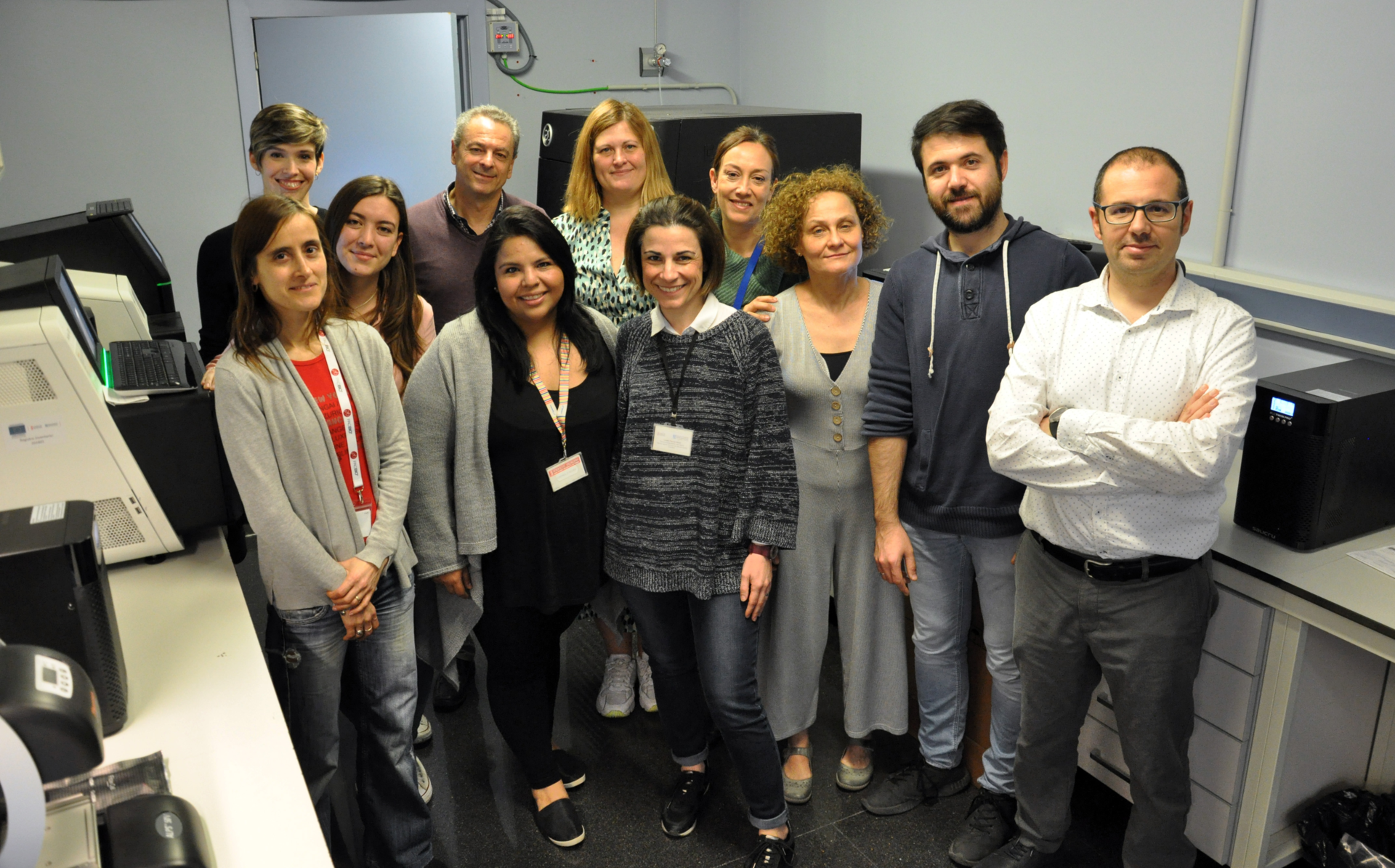We want to use this space to explain the process of obtaining the first SARS-CoV2 sequences in Spain, where we participated.
It all started in the month of March, the positives of SARS-CoV2 began to increase and little by little the citizenship felt like in a science fiction movie and we went from living in freedom to #StayingAtHome (#YoMeQuedoEnCasa). In Valencia the fallas, without mounting or burning in the streets, became the symbol of the strange times we were living.
Meanwhile, laboratories with the ability to sequence viruses like ours, wondered how we could help better understand the virus and its transmission. We knew that the sequence of the virus would help to visualize what those first moments of the infection had been like in the Valencian Community and we could also monitor the infection at a geographical and temporal level. On the other hand, we could not let all the available equipment, mostly purchased with public funds, not serve to help us better understand the infectious process of SARS-CoV2. For all this, and together with the excellent @EpimolG team led by Dr. Fernando González-Candelas from the University of Valencia, we started an obstacle course: getting workers from the microbiology services of mass hospitals to take some time (which they were very scarce of) to send us samples of epidemiological interest, discuss the most appropriate methodology to amplify the virus and sequence it, and set it all up in record time.
After discussing it and given the urgency, we opted for the fastest sequencing option: the third-generation portable MinION sequencers and the artic-network amplification protocol. Developing it all was a choral work carried out in record time that we are very proud of and which included the reception of RNA extracted and inactivated from hospitals, the retrotranscription, PCR amplification of the virus, the generation of sequencing libraries, sequencing and the subsequent quality control and bioinformatic and phylogenetic analysis of the sequences obtained. All to obtain an insignificant text file of only 30 KiloBytes that contained all the information of the virus, a virus of only 29,903 nucleotides of RNA that was putting the world in trouble.
Once we obtained the sequences, they were aligned among themselves and with the reference genome deposited in GenBank as "Severe acute respiratory syndrome coronavirus 2 isolate Wuhan-Hu-1". By aligning them, we were able to observe those small changes in the genome or mutations that allow us to draw the temporal and spatial map of the movement of the virus.
The scientific community has open-use tools such as GISAID. ENA, NCBI, etc. These platforms function as data repositories and sequences into which laboratories from around the world dump their data. GISAID specifically collects the sequences obtained from SARS-CoV-2 and from there, other initiatives such as Nextstrain, position all these data on a map and at the same time establish the phylogenetic relationships between them. You have probably already seen images like this in all the media. This information is very valuable in evaluating the movement of pathogens and their changes over time. When depositing our sequences in GISAID we found that they were the first in the country.
The days have passed and we have improved the protocols and optimized the analyzes. Now we see more than ever that the strategy of sequencing the genome of this virus is crucial to understand how it spreads. Currently, a macro consortium led by Dr. Iñaki Comas from the Valencia Institute of Biomedicine and funded by CSIC and Mapfre, in which we participate together with researcher Fernando González Candelas, from the Institute for Integrative Systems Biology (I2SysBio), intends to obtain sequences of positives from all over Spain, the project is called "Addressing unknowns of COVID-19 transmission and infection combining pathogen genomics and epidemiology to inform public health interventions" (seqcovid). The dimensions of the project impress and reconcile us with the idea of cooperative science: 40 hospitals from all over Spain for the first time working together for a common good. Also scary, we envision a flow of 1000 samples per week. The work multiplies, the videoconferences are chained and we spend hours programming the workflow and data that will be processed.
Luckily we have excellent laboratory personnel who, respecting the security measures imposed by the authorities (and the need of the moment), and above all, respecting the social distances necessary also in the laboratory benches, manage to adapt immediately to the load of work. The sequencers start fuming and the computers fry disks.
The virus has locked us up and limited us in our interactions with others. But at the same time it is exciting to see how it has expanded and strengthened our scientific and technical interactions for the common good. Currently protocols are shared, pipelines and tricks are exchanged and everyone wants to contribute and is ready to spend hours in a disinterested way to overcome this threat.
This country has proven to have heroes and heroines like those who fight in hospitals putting their lives and that of their loved ones at risk, just like all the essential workers who continue to keep this country running. We want to mention our people of science, who at their first lines are a reference to manage and find the way out of the crisis. When this happens you will remember those silent people who do not score goals, do not appear on TV and who talk about "weird" things like PCRs, nucleotides, genomes, curves and functions. Of those people who have Pasteur, Skłodowska, Darwin, von Humboldt, Newton, Montalcini, Franklin among their idols and whose motto is "you will not go to bed without learning one more thing".
Because now, just as always, science has been there trying with hope and many obstacles to raise its head in a world made of other priorities.


